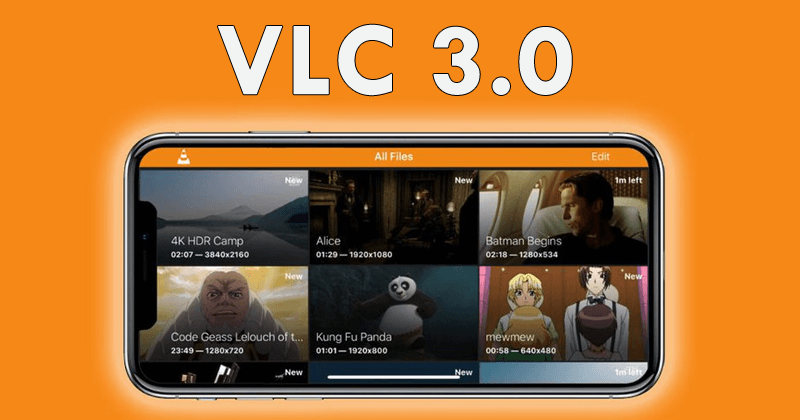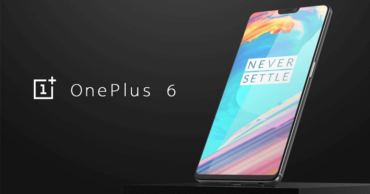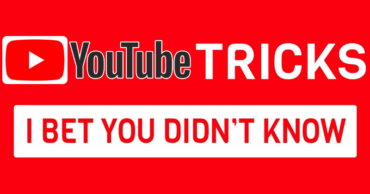
VLC 3.0 Supports 8K Video, HDR10, 360-Degree Video, Chromecast & More
VLC is a really incredible multimedia player and one of the most used currently, no doubt, of the great popularity enjoyed by users. It is famous and about very practical, now, it arrives for Windows, macOS, Linux, Android, iOS, Android TV, Apple TV and Chrome OS.
Continuing with the success and to offer us the best experience ever, VideoLAN has presented the new version 3.0 for all platforms, but, with very novel features and more than 1,500 corrections that in the previous version gave many problems. Also, the company indicates that this new version is coming to exemplify the best of the player, as it is the result of three hard years of continuous work.
Features to get the best experience
The new version VLC 3.0 for different operating systems comes with the same news, so no user will complain about what another may have.
Among the most important features we have:-
- Supports 360-degree video and 3D audio.
- It supports hardware decoding on all platforms, for HD and UHD of H.264 and H.265 codecs, which allows a 4K and 8K decoding with little CPU consumption.
- Supports direct HDR (in Windows 10) and HDR tone mapping (in other operating systems).
- It allows the use of HD Audio codecs so that external HiFi decoders can provide the best sound.
- It allows users to explore local network drives such as SMB, FTP, SFTP, NFS, etc.
- Add a new subtitle rendering engine, compatible with Complex Text Layout and the alternative source for several languages and sources, including East Asian languages.
- It allows streaming via Chromecast, even in formats that are not compatible with Chromecast, such as DVDs.
- The updated user interface supports HiDPI in Windows 10, new APIs for macOS, etc.
- Improve the performance and battery life in iOS.
- Supports Dex for Samsung’s Android devices and other devices with a keyboard, plus full support of Oreo and playlists.
- Prepare experimental support for Wayland in Linux, and switch to OpenGL by default in Linux (Qt5 only for now).
- Bluray supports Java menus (BD-J), although decryption must be done outside of VLC.
- Prepares support for AV1, both decoding and coding.
- Adds support for numerous new codecs and formats, including WebVTT, TTML, HQX, CEA-708, Cineform and many more.
This new version is made to give us the best of the best since it will not consume so much CPU and GPU, something really incredible when it has features that require it.
So, what do you think about this new version of VLC, of course, the VLC 3.0? Simply share all your thoughts and opinions in the comment section below.


